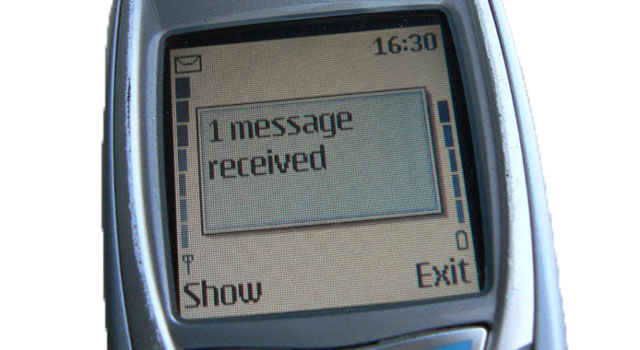
Text messaging may be dying out as a means of communication in many parts of the advanced world, but it may yet prove to be a vital life-saver in flood-prone African villages.
An early-warning system that aims to capitalise on the explosive growth of mobile phone penetration in Africa could soon be in place to broadcast alerts to all users at risk from natural disasters such as flooding or cyclones.
Millions of people in Africa have only limited access to television, radio or the Internet but mobile phone ownership has grown exponentially, even in poor remote villages at risk from floods.
Now Spain’s Nvia, a mobile phone company, has developed the Gooard project, a technology based on geo-targeted alerts that sends text messages to a specific geographical area.
A network of satellites and weather stations will detect the threat and send a text to villagers within 15 minutes, hopefully allowing time for evacuation.
“The technology is able to identify all the active cellphones in a certain area, such as a shopping mall, a village, or a park, and send messages straight to the terminal without any previous subscription,” said Nvia’s Africa manager, Alberto Perez.
“With the same system, we can also send vital information to people about natural disasters that can save their lives and minimise damages”.
The technology is already in use in other parts of the world for promotional purposes — bombarding consumers in a specific shopping mall with a special offer for example.
And even in remote Africa, mobile phone communications can reach the parts other systems can’t reach.
The International Telecommunication Union (ITU) estimates that mobile phone penetration has risen to around 63% on the continent — and much higher in South Africa.
“In Africa, especially in poor settlements, the population has limited access to Internet, radio or television, but everybody has a mobile phone. That’s why the platform can be so useful in the continent,” said Perez.
After years of research, the scheme is already fully operational in Europe and is expected to be rolled out in Kenya by the end of the year.
It is expected to work in partnership with local mobile networks such as Airtel, Vodafone, Orange, MTN and Cell C.
Speaking from his Johannesburg office, Perez pledged that the service would be free for the population but declined to comment on how much it could cost for governments or how it would be sponsored.
“It is an expensive service, but governments know that it can be vital for its population, and it can also save a lot of money in emergency relief,” he said.
South Africa’s environmental affairs department and the national secret service agency have shown interest in the project, and Nvia is preparing to formally showcase it to government, added Perez.
Heavy rains killed 32 people in South Africa in the first two weeks of March, in record downpours that weather experts say were the worst in more than a decade.
Natural disasters in Africa accounted for just less than a third of worldwide victims, with around 38m people affected in 2012, according to the Catholic University of Louvain’s last Annual Disaster Statistical Review.
Natural disasters in Africa caused some US$803 million in damage, the Belgian university estimated. — Sapa-AFP




